Kipling's Burma
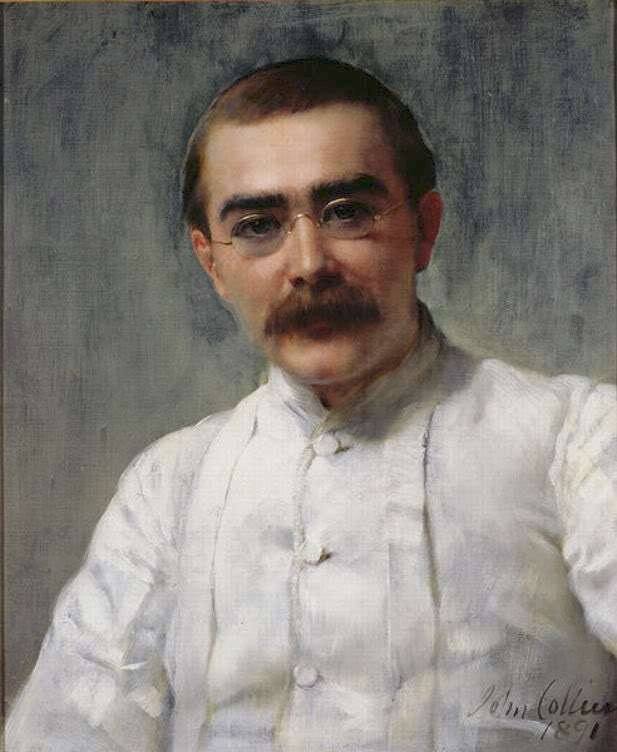

Map of British India in Kipling's day, including Burma.
Rudyard Kipling is a name inextricably linked with Burma in the modern collective consciousness.
Kipling wrote a number of poems, stories, and factual accounts of Burma, the most famous of which is his poem Mandalay. Businesses from the Kipling Bar in Yangon’s Governor’s Residence to the Strand Hotel capitalise on their (real or invented) personal association with the writer, while plenty more invoke his name in products named “Kipling this” or “Kipling that”. Burma’s celebrated opposition leader, Aung San Suu Kyi, even named her son Kim after Kipling’s famous character.
It should be safe to assume, given this evidence, that Kipling spent a considerable amount of time here and knew the country well. How long did he actually spend there? Three days.
Kipling’s life
Kipling was born in Bombay in 1865, sent to school in England from the age of five, then returned to India at the age of 16 to take up a post as assistant editor of a small local newspaper in Lahore (modern-day Pakistan): the Civil & Military Gazette. In 1887, Kipling was transferred to a much larger sister-newspaper, The Pioneer, in Allahabad, but was discharged after a dispute in 1889.
Kipling used his severance pay from The Pioneer, along with the proceeds from his various other literary ventures, to journey back to England. He left India on the 9th of March 1889, travelling eastwards via Burma, Singapore, Hong Kong, Japan, America, Canada and British Columbia – all of which inspired a great number of writings.
After his return to London and over the following years, Kipling achieved phenomenal success as a writer, winning the Nobel Prize for Literature in 1907 and earning himself a literary reputation that survives to this day. Over the course of his life he would continue to travel to far-flung climes including India, South Africa, Australia and New Zealand – but he would never return to Burma.
Kipling’s Burma
Kipling arrived in Burma in 1889 on board a steamer as a passenger in transit. He visited first Rangoon, then Moulmein (now known as Mawlamyine), before leaving Burma to continue his journey eastwards. Surprisingly, he never set foot in Mandalay – the namesake of his most famous poem.
Kipling’s association with Burma is, therefore, a product of the quality of the work he produced on the subject rather than of a long-standing connection with the country and its people. Mandalay is the most famous of his writings on Burma, but Kipling also produced a variety of other poems, short stories, and non-fiction accounts based on his impressions of the country.
Kipling on Burma
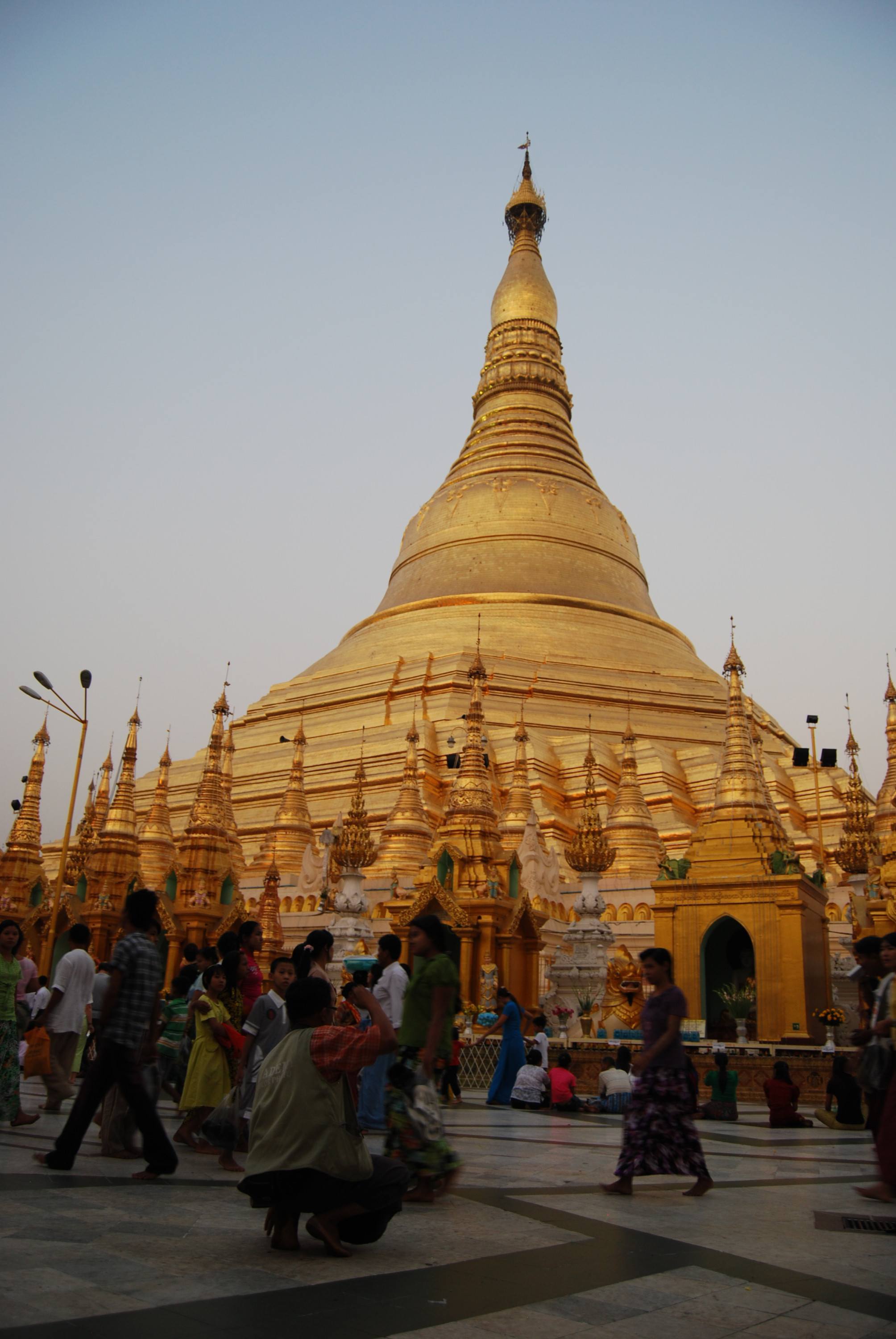
“Then, a golden mystery upheaved itself on the horizon, a beautiful winking wonder that blazed in the sun, of a shape that was neither Muslim dome nor Hindu temple-spire. It stood upon a green knoll, and below it were lines of warehouses, sheds, and mills. Under what new god, thought I, are we irrepressible English sitting now?”
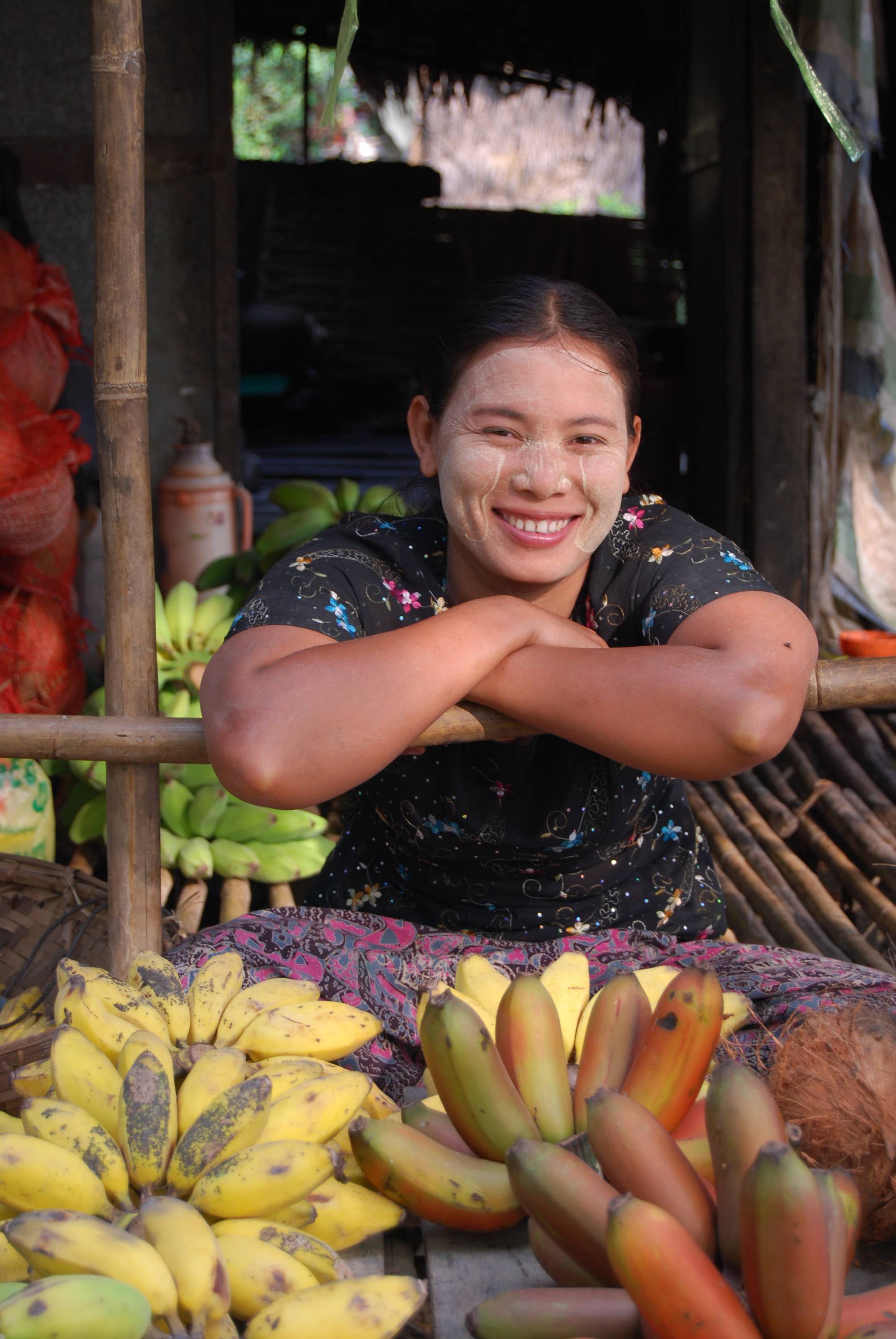
“I love the Burman with the blind favouritism born of first impression. When I die I will be a Burman … and I will always walk about with a pretty almond-coloured girl who shall laugh and jest too, as a young maiden ought. She shall not pull a sari over her head when a man looks at her and glare suggestively from behind it, nor shall she tramp behind me when I walk: for these are the customs of India.”
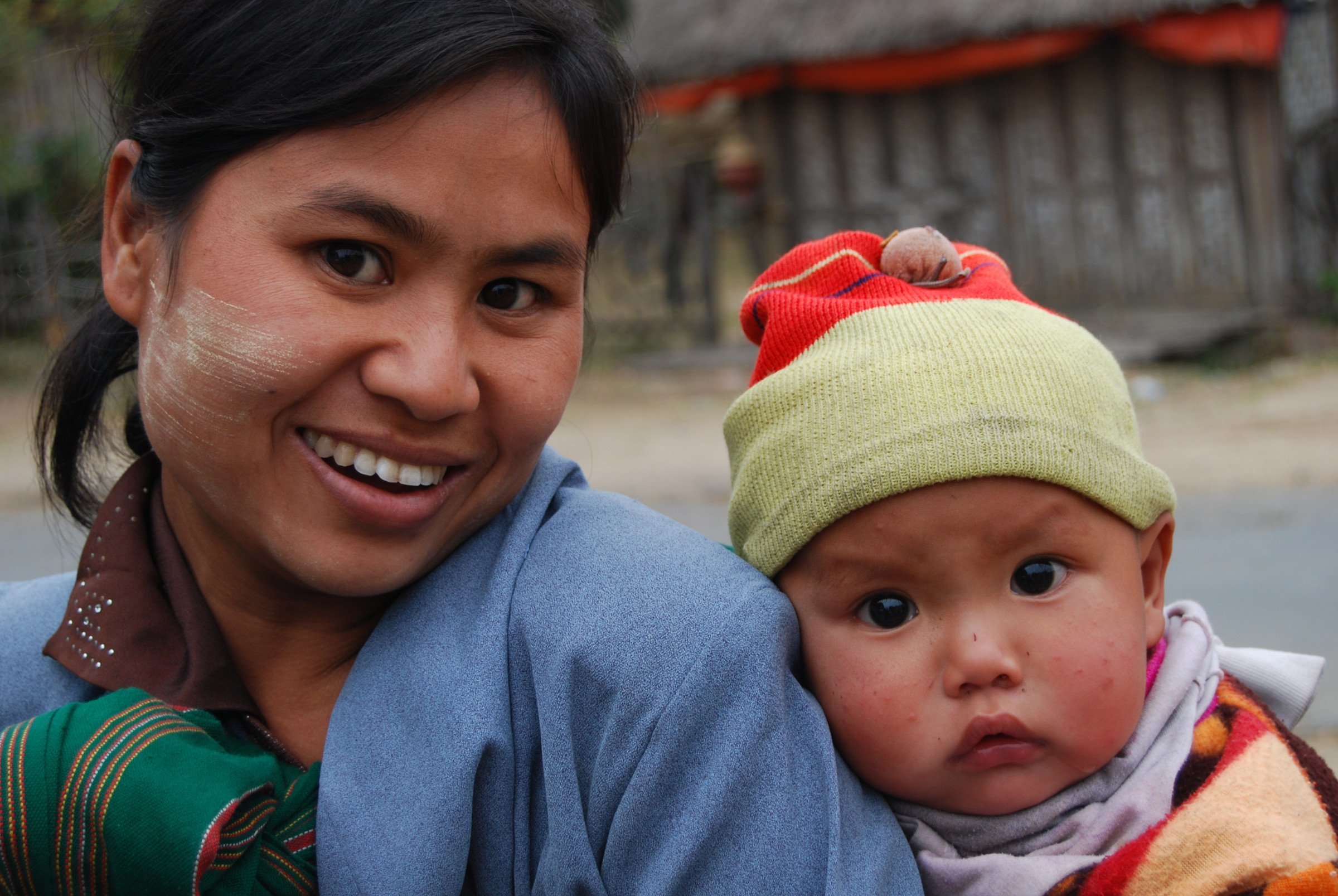
“a brown baby came by in its mother's arms and laughed, wherefore I much desired to shake hands with it, and grinned to that effect. The mother held out the tiny soft pud and laughed, and the baby laughed, and we all laughed together, because that seemed to be the custom of the country, and returned down the now dark corridor where the lamps of the stall-keepers were twinkling and scores of people were helping us to laugh. . .I had not actually entered the Shway Dagon, but I felt just as happy as though I had.”

“As the steamer came up the river we were aware of first one elephant and then another hard at work in timber-yards that faced the shore. A few narrow-minded folk with binoculars said that there were mahouts upon their backs, but ... I prefer to believe in what I saw—a sleepy town, just one house thick, scattered along a lovely stream and inhabited by slow, solemn elephants, building stockades for their own diversion.”
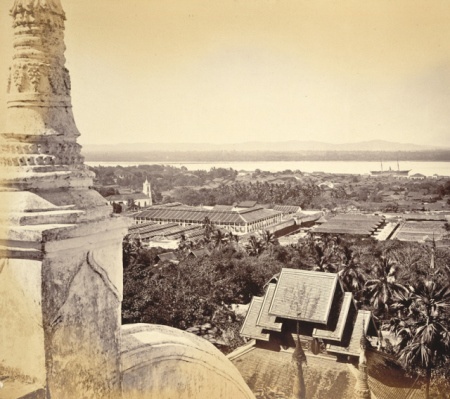
“I should better remember what that pagoda was like had I not fallen deeply and irrevocably in love with a Burmese girl at the foot of the first flight of steps… Only the fact of the steamer starting next noon prevented me from staying at Moulmein forever... Leaving this far too lovely maiden I went up the steps... The hillside... was ablaze with pagodas—from a gorgeous golden and vermilion beauty to a delicate grey stone one just completed... Far above my head there was a faint tinkle as of golden bells, and a talking of the breezes in the tops of the toddy palms... I climbed higher... till I reached a place of great peace dotted with Burmese images. Here women now and again paid reverence. They bowed their heads and their lips moved because they were praying. I had an umbrella – a black one—in my hand, deck-shoes upon my feet, and a helmet upon my head. I did not pray—swore at myself for being a Globe- trotter, and wished that I had enough Burmese to explain to these ladies that I was sorry... Then Kipling left and sailed on his way, and never saw Burma again.”
Select bibliography
Mandalay (1892)
A lament written in the voice of an ex-British soldier, reminiscing about his relationship with a Burmese girl while stationed in Burma.
From Sea to Sea and Other Sketches, Letters of Travel (1889)
A book containing Kipling’s writings on Burma, as well as his other travels in China, Japan and the USA.
Georgie Porgie (1888)
A short story about a British District Officer who purchases an adoring Burmese girl from her as a “wife”, then abandons her and breaks her heart.
The Ladies
A poem in which the narrator reminisces about his “roguing and ranging” with women across the world, including Burma.
A Conference of the Powers (1890)
A short story recounting the meeting of an English writer with three young army officers on leave from service in India and Burma. The story is thought to have been influenced by Kipling’s conversations with servicemen at the Pegu Club in Yangon.
Controversy
Though Kipling is widely feted as a literary genius, there are some who question his understanding of the cultures about which he wrote, and his works have attracted accusations of imperialism, jingoism and racism from various quarters. Evidence can certainly be found to support such criticisms – but reactions to Kipling’s work have, on the whole, been overwhelmingly positive. Both Aung San Suu Kyi and Jawaharlal Nehru, the first prime minister of independent India, have cited Kipling’s work as amongst their favourite literature.
If your imagination is caught by Kipling’s evocative portrayal of Burma, visit our website and have a look at Kipling’s Burma, our self-guided itinerary based around the locations featured in Kipling’s literature.




